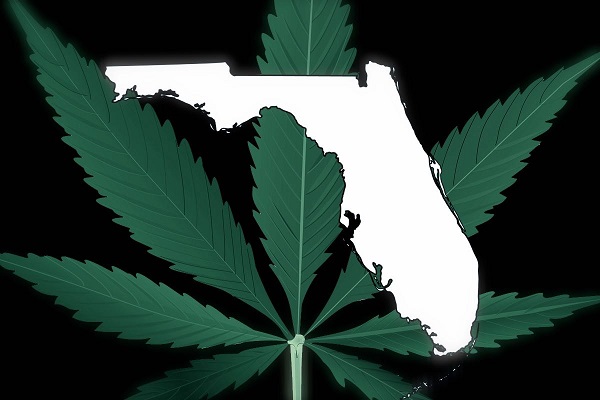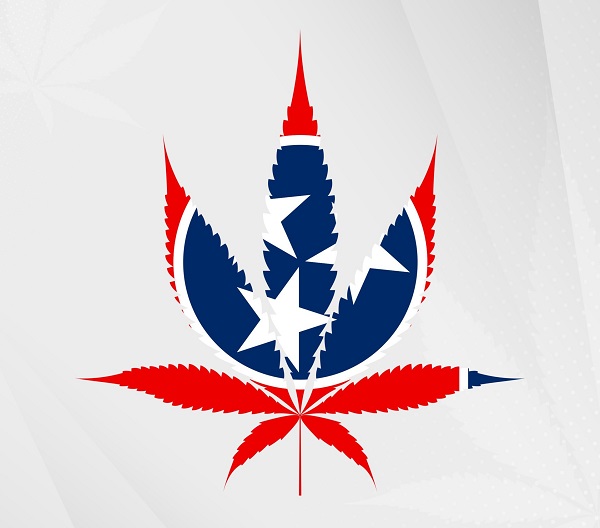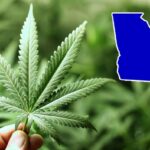Public opinion about cannabis in the U.S. is in the process of changing at this time. As a result of legalization, new products are being developed that focus on health and physical activity. California is stepping forward in this area.
For those interested in new trends, California is leading the way, as ideas and products are born here and exported around the world. This is not surprising, as the most populous state in the U.S. also plays a leading role in cannabis legalization.
Cannabis use for medical purposes has been legal in California since 1996, and recreational use was also allowed in 2018. The basis for legalization was Proposition 64, which is a 60+ page document that requires legal education to fully understand it. However, for most consumers, knowing that it is legal to consume, share and grow marijuana at home in California from age 21 is enough.
In the meantime, some cannabis stores have already opened, so at first glance, it may not seem like much has changed in Los Angeles and San Francisco. Walking around Venice Beach, you can see typical California scenes: tourists smiling for the camera, mothers pushing strollers in tight jeans, and young people getting together to work out.
They combine the use of weights with yoga, all while looking as flawless as they do in their Instagram photos. At the end of their workout, they drink smoothies from Farmer’s Market, and some of them sip protein shakes. But there’s one more addition. It looks like a small Tetra Pak with a straw, but upon closer inspection it turns out to be a vaporizer.
The image of these health-conscious young people consuming marijuana after a workout does not really fit the stereotype of lazy slackers.
Canny Blood
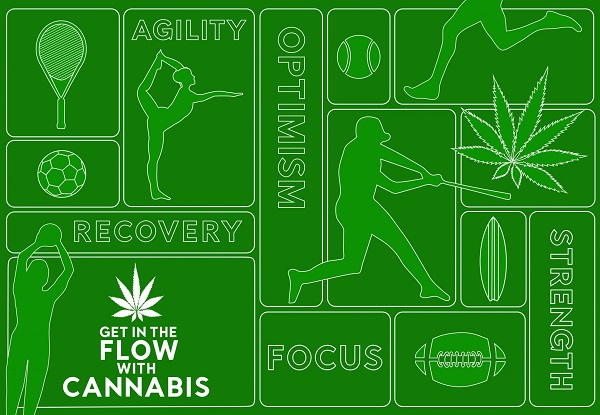
In California, there is an unprecedented break from old and hackneyed clichés. Between the amazing beaches on the south coast and the majestic sequoias to the north, more and more new options are emerging that combine cannabis use and exercise.
At the head of this movement is Jim McAlpine, who looks more like actor Dwayne «The Rock» Johnson, with his spectacular goatee beard and baldness. McAlpine is a key figure in the 420 Games, a series of sporting events now taking place in seven different states.
One 420 Games event is a 4.2-mile (approximately 6.5 km) race. However, the main goal is not to smoke marijuana along the way; in fact, use during the race is strictly forbidden.
The main goal is to «shatter the stereotypes of the cannabis prohibition era», McAlpine told DOPE magazine. He aims to make sure that in the future all cannabis users won’t become like «apathetic junkies» and fall under the stigma.
Another of his projects is Power Plant Fitness in San Francisco, dubbed «the world’s first cannabis fitness center». It is designed to educate people and teach them the healthiest way to use cannabis. The project allows eating and vaping in designated areas, while prohibiting smoking inside the building.
In addition to being an entrepreneur and athlete, McAlpine is a cannabis fan himself. He consumes 50 to 100 milligrams of THC in the form of gummy bears an hour before a workout. He says it makes him more motivated and helps him stay in the flow. However, in an interview with Denverite, he acknowledged that cannabis and sports can cause negative effects in some people and are not an appropriate combination for everyone.
What does science tell us?
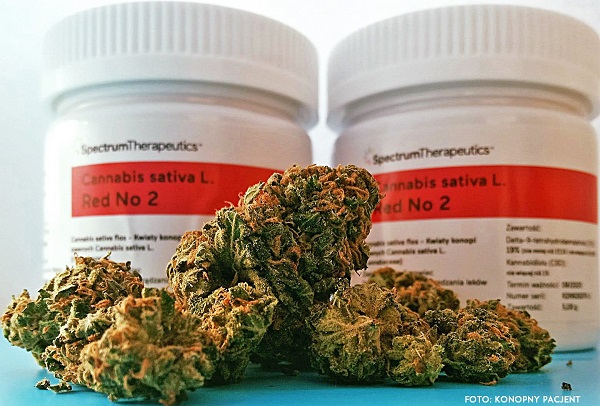
Little is known about the effects of cannabis on exercise. According to Australian pharmacologist Michael C. Kennedy, there have been only 15 English-language studies on the subject. However, Gregory Gerdeman, a neuroscientist who studies the effects of cannabis on the brain, argues that the combination of cannabis and exercise makes sense.
Endocannabinoids are a series of chemical compounds that the human body produces on its own. They regulate pain, mood and keep the body in balance. Diseases, such as cancer, or intense physical activity can disrupt this state of homeostasis.
Interestingly, cannabinoids from outside sources can help the body restore balance. When we use cannabis, the body receives these substances, the best known of which are THC (tetrahydrocannabinol) and CBD (cannabidiol).
Cannabinoids affect pain perception, stress response and appetite. These effects can be positive or negative and depend on the dose, tolerance, and personal preference.
Some cannabinoids can cause certain effects at low doses, but opposite effects at higher doses. A 2013 study found that combining cannabinoids with other substances can lead to significant changes in psychological states, such as anxiety.
The effects of THC can vary in people with different tolerances. Even the same dose of cannabinoids can cause different reactions in people with different genetic characteristics. It is possible that people in great physical shape, such as athletes, react differently to cannabinoids than «average» people or those who are sick.
Cannabis enhances performance (doping)
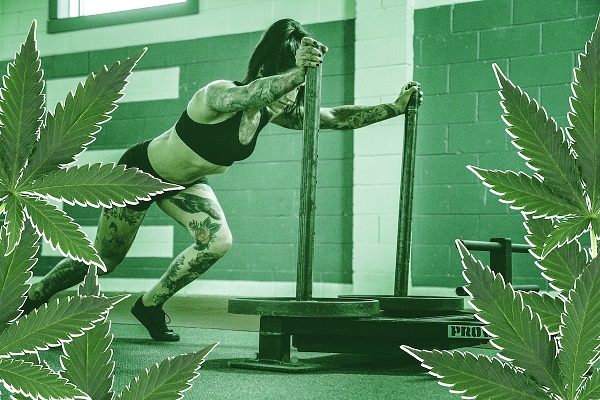
Suppose that in some people cannabis has a positive effect on their well-being, reduces pain and quickly relieves swelling. Thus, cannabis can be seen as a performance enhancing drug in the context of doping.
However, it should also be considered that cannabis use increases the heart rate, which can lead to rapid exhaustion. In addition, the slow reactions and coordination problems associated with cannabis are not conducive to exercise or sports.
The question of whether cannabis should be classified as a doping cannot be answered unequivocally yes or no. This is because there is a lack of scientific research. The lack of research is a direct consequence of the prohibition of cannabis which led to its classification as doping by the World Anti-Doping Agency (WADA). While THC remains banned, WADA removed CBD from the list of banned substances in 2018.
Professional athletes who occasionally use products with THC should not worry if they stop using one or two days before a major competition. The THC limit, revised in 2013, was set quite high at 150 ng/ml THC-COOH.
American Professional Leagues
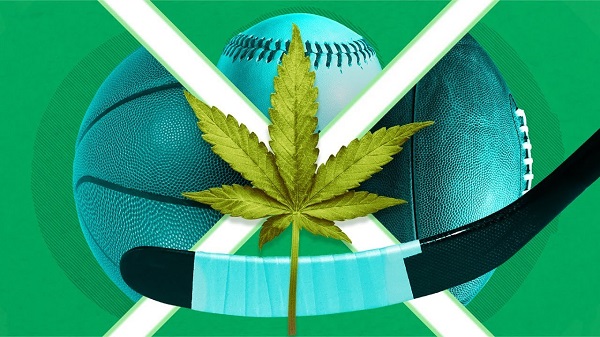
David Stern’s stance in favor of medical marijuana use has caused considerable surprise. He presided over the National Basketball Association (NBA) for many 30 years and has always supported strict drug testing and banned players from sitting on the bench wearing casual clothes, baseball caps and various decorations. So when the likes of David Stern says that cannabis should not be considered doping, it really is a paradigm shift.
It has long been rumored that many professional athletes in the United States use cannabis. One of them is Kyle Turley, who spent about a decade in the National Football League (NFL) and faced problems such as concussions, knee problems, depression and chronic headaches. He tried to manage these problems with analgesics (including opioids), muscle relaxants and psychotropic drugs. One day his wife caught him trying to jump from a third-story window.
Two years ago, Turley decided to experiment and stopped taking all medications, relying solely on cannabis. When he finally felt better, he became an active cannabis advocate.
More and more retired athletes are joining the sentiment that Turley experienced. They rely on nature, not chemicals. About 30 athletes have banded together in a group called Athletes for Care to promote health and prepare competently for life after their athletic careers. One important part of this program is the use of medical marijuana.
It is worth noting, however, that very few current athletes and female athletes have spoken out in favor of cannabis. Many still fear harming their image and scaring away potential sponsors.
For running and yoga
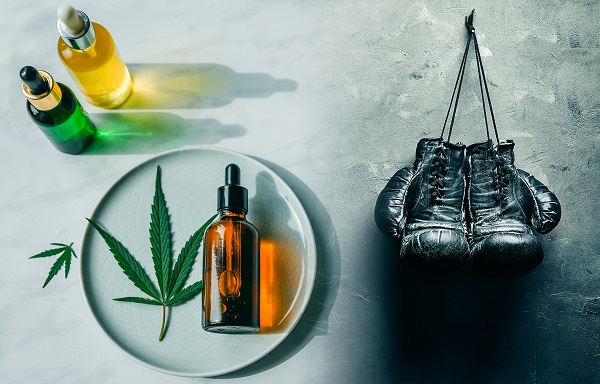
Tyler Hurst isn’t worried about ad revenue. At 38, he regularly wears Vibram sneakers and goes running two to four times a week. Running for him is not only a physical activity, but also a form of meditation. When he can’t run, Hurst does yoga, works out at his home gym or rides his bike. He strives to exercise for 90 minutes every day.
Hurst is also very mindful of his diet and tries to watch what he eats. This helps him feel good about himself. However, it hasn’t always been that way. After injuring his back two years ago, he experienced severe pain with every workout. That’s when Hurst started experimenting with using cannabis. He noticed that this approach didn’t make him faster or stronger, but it did help control the pain and speed up his recovery.
In his experience, Hurst combines different ways to use cannabis, such as «dabbing», edibles and «vaping». On his Burning Bush podcast, he shares his years of observations and experiences.
Hurst tells me he prefers high-sativa cannabis varieties. For example, he prefers Agent Orange for running and yoga and Durban Poison for everyday life. While running, as the effects of cannabis subside, a pleasant sensation begins to set in, what Hurst calls a «natural» high.
He claims that «runner’s high» and cannabis are derived from the same source. Many runners are aware of the euphoric state he speaks of. Long-distance running can put people in a state similar to intoxication. According to Gregory Gerdeman, this effect of running is closely related to the endocannabinoid system. Already after 30 minutes of exercise, the body begins to produce endorphins and increases the concentration of the endocannabinoid «anandamide» in the blood.
Anandamide, named after the Sanskrit word «Ananda» (pleasure, bliss, happiness), is chemically similar to THC. Researchers believe that the euphoria people feel while running has peculiar evolutionary roots. What used to be useful while hunting, today motivates people to run marathons.




